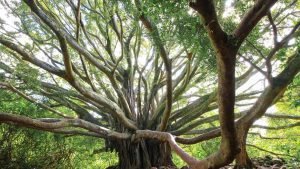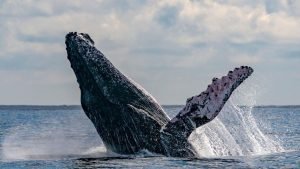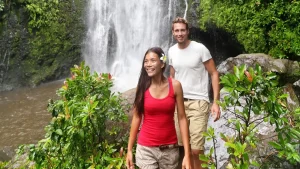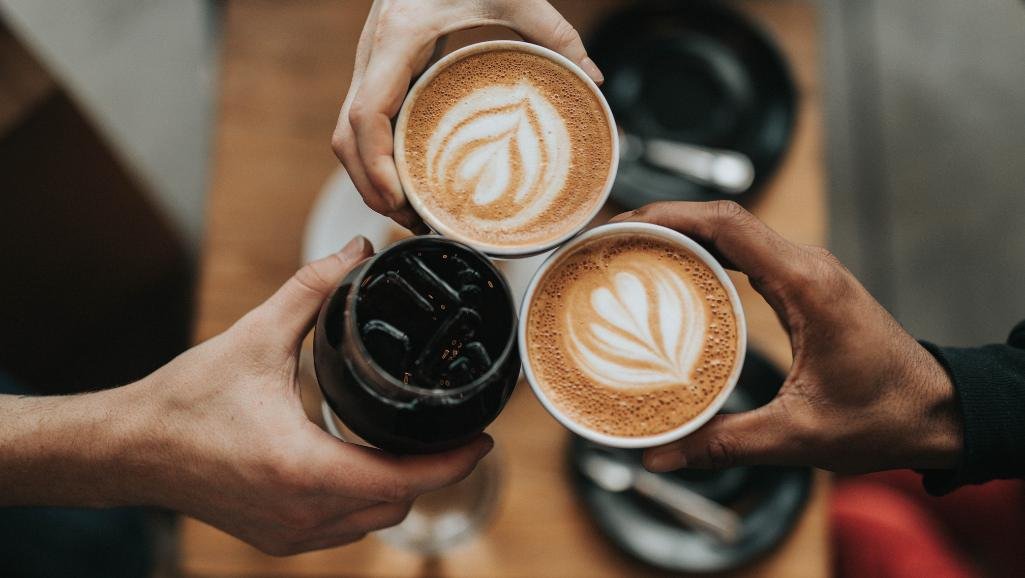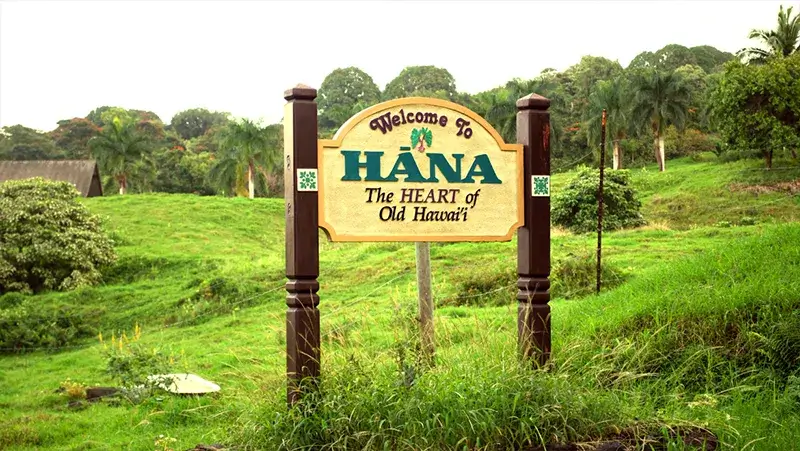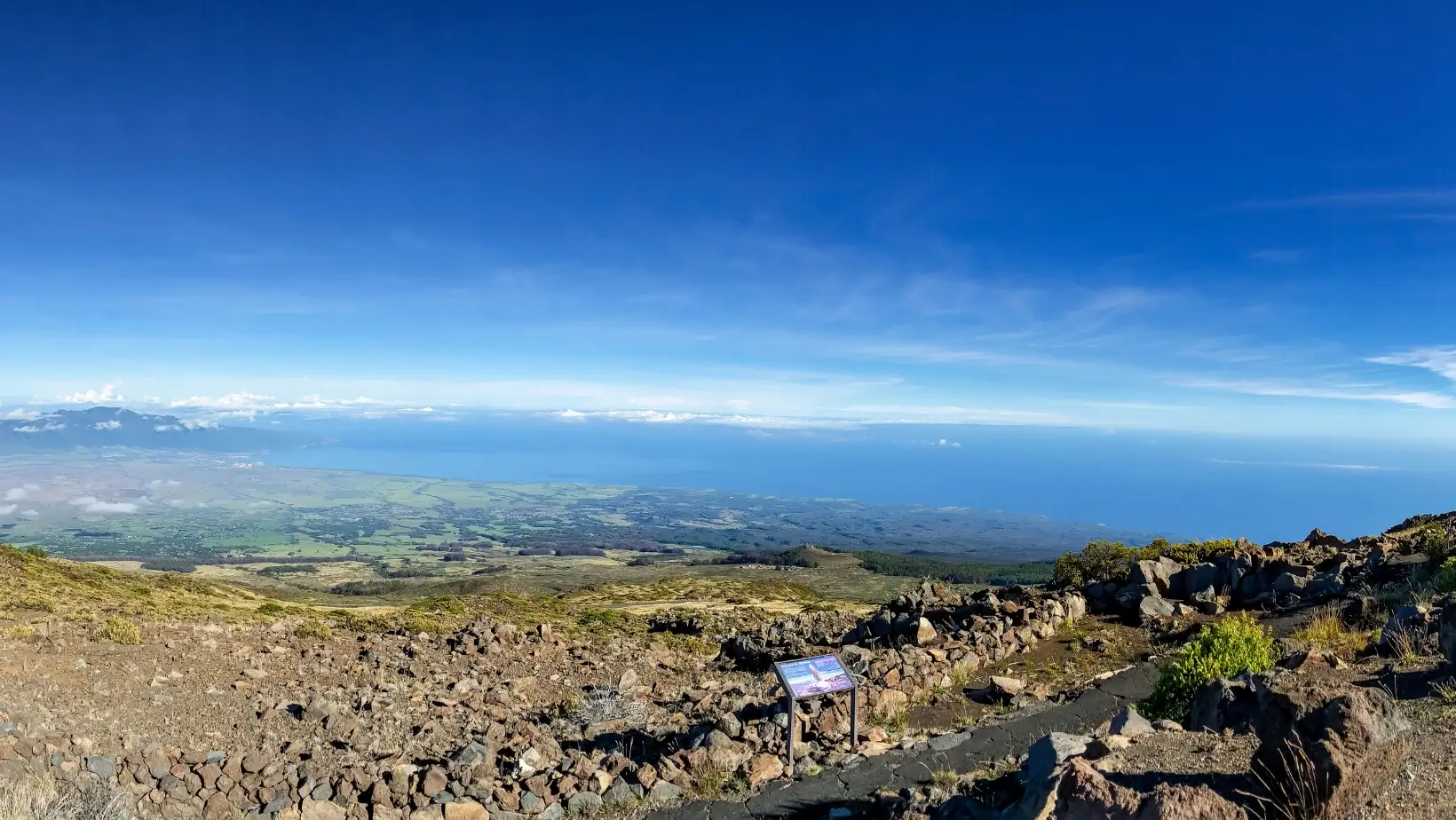Introduction to Maui Historical Sites
Hey there, fellow traveler! Buckle up because we’re about to take a journey through time, exploring the rich history and captivating Maui historical sites.
Overview of Maui’s rich history
Maui, fondly known as the ‘Valley Isle’, is not just about stunning beaches and lush mountains. It’s a place where history comes alive, whispering tales of ancient Polynesian settlers, thriving kingdoms, and the influence of European explorers. The island’s history is a vibrant tapestry of cultures, each leaving their unique imprint on the land and its people.
From the sacred Iao Valley, where the Battle of Kepaniwai took place, to the historic town of Lahaina, once the capital of the Kingdom of Hawaii, each corner of Maui tells a story. And the best part? You can experience it all through the island’s well-preserved historical landmarks!
Importance of Maui historical sites in Maui tourism
Maui’s historical landmarks are not just remnants of the past; they’re the heart and soul of the island, playing a pivotal role in its tourism. These landmarks offer a unique window into Maui’s past, allowing visitors to step back in time and experience the island’s history firsthand.
Whether it’s the majestic Haleakala Crater, the ancient petroglyphs at Olowalu, or the charming Baldwin Home Museum, each landmark offers a unique experience, making your Maui vacation truly unforgettable. Plus, visiting these landmarks helps support local preservation efforts, ensuring that Maui’s rich history continues to be shared with future generations.
So, are you ready to embark on your historical adventure? Let’s dive deeper into planning your Maui vacation and exploring these fascinating landmarks!

Exploring Maui’s Historical Landmarks: A Detailed Itinerary
Here’s a detailed two-day itinerary that will take you through some of the island’s most significant cultural landmark and Maui historical sites. Let’s start!
Maui’s Cultural Landmarks
Our first day is all about immersing ourselves in the deep-rooted culture of Maui. We’ll be visiting two key historical sites: the Lahaina Historic District and the Bailey House Museum. Let’s get started!
The Lahaina Historic District
Our first stop is the Lahaina Historic District. This area was once the royal capital of the Kingdom of Hawaii. Today, it’s a lively spot filled with art galleries, shops, and restaurants. But, don’t let the modern vibe fool you. This district is steeped in history. As you stroll down Front Street, you’ll see the U.S. Seamen’s Hospital, the old Lahaina Fort, and the largest Banyan tree in the United States. It’s like stepping back in time!
The Bailey House Museum
Next, we head to the Bailey House Museum. This 19th-century house was once the home of Edward Bailey, a missionary and teacher. Now, it’s a museum showcasing Hawaiian culture and history. Here, you’ll find ancient Hawaiian artifacts, missionary-era furnishings, and stunning works of art. The museum is also home to a beautiful botanical garden filled with native Hawaiian plants. It’s a must-visit for history buffs!

Historical Sugar Factories in Maui
The Sugar Industry in Maui: Sugar cane was a major part of Maui’s economy for over a century. The industry began in the mid-1800s and became a cornerstone of the island’s development, bringing a diverse workforce from countries like Japan, China, Portugal, and the Philippines.
Sugar Factories: At its peak, Maui had several sugar mills and plantations. These factories were not just production centers but also community hubs, around which many of the island’s towns grew. The HC&S (Hawaiian Commercial & Sugar Company) in Pu’unene was the last operating sugar mill in Maui, closing in 2016 and marking the end of an era.
Legacy and Transformation: Today, the remnants of these sugar factories are significant historical landmarks. Some have been repurposed, like the Old Sugar Mill of Koloa on the island of Kauai, transformed into a shopping and dining complex. They serve as a reminder of Maui’s multicultural history and the transformation of its economic landscape.
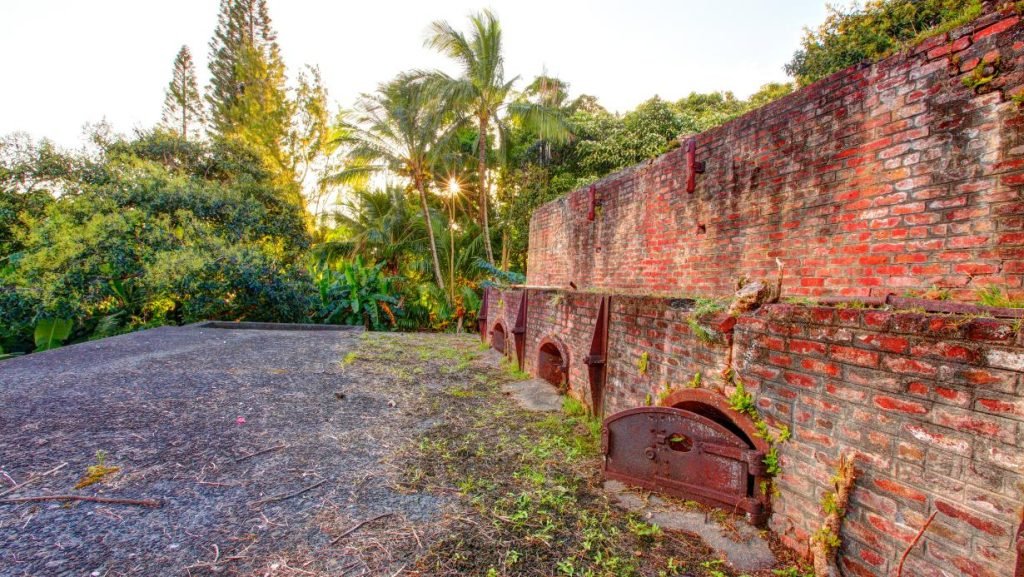
Understanding Maui’s History Through Its Landmarks
Maui, a paradise island in Hawaii, is not just about sandy beaches and crystal-clear waters. It’s a place where history whispers through its landmarks. Let’s dive into the past and understand the history of Maui through its landmarks.
- Insights into Maui’s ancient Polynesian roots
Long before the first Europeans set foot on the island, Maui was home to the Polynesians. These ancient people arrived on the island around 500 AD, and their influence is still evident today. The Polynesians were skilled navigators, farmers, and builders. They developed a complex society based on laws and religion.
One of the best places to get a glimpse of Maui’s Polynesian roots is at the Lahaina Jodo Mission. This Buddhist temple, with its giant Buddha statue and tranquil gardens, is a testament to the island’s Polynesian heritage. Another landmark is the Iao Valley State Park, where you can see the Iao Needle, a natural rock formation considered sacred by the ancient Hawaiians.
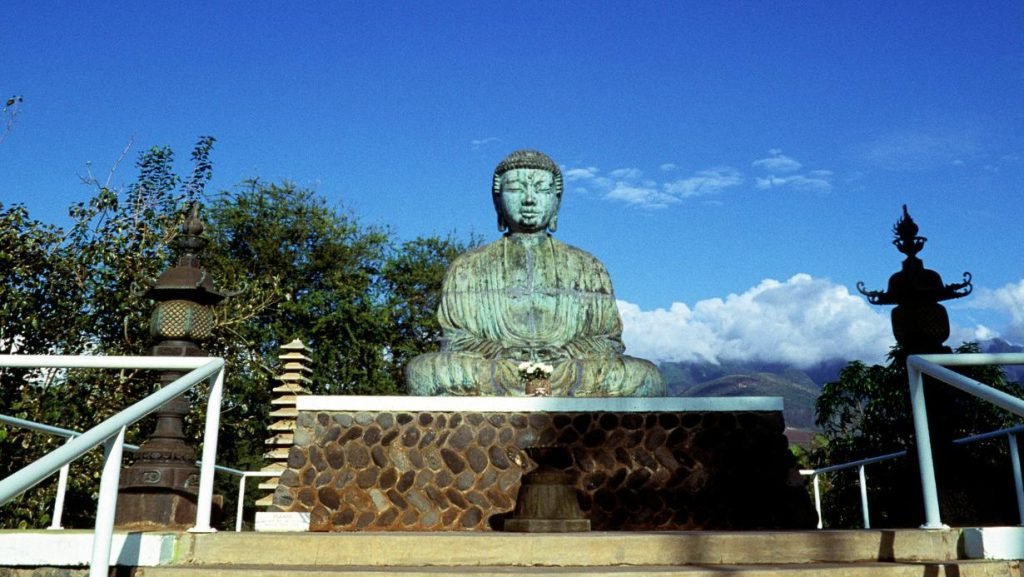
Conclusion: Reflecting on Your Visit to Maui’s Historical Landmarks
As we wrap up our virtual tour of Maui’s historical landmarks, let’s take a moment to reflect on the journey we’ve taken together. The island of Maui is more than just a tropical paradise; it’s a treasure trove of history waiting to be discovered.
Encouragement to continue exploring Maui’s history: But our journey doesn’t have to end here. There’s so much more to discover about Maui’s history. From the ancient Hawaiian temples, or heiaus, scattered across the island, to the vibrant cultural festivals that celebrate Maui’s diverse heritage, the opportunities for exploration are endless. So, keep that spirit of adventure alive, and continue to delve deeper into the enchanting history of Maui.
Remember, every step you take on this beautiful island is a step back in time. So, whether you’re lounging on the beach, hiking up a volcano, or exploring a historic site, you’re not just experiencing a vacation. You’re living a piece of history. And that’s the magic of Maui.
Until next time, happy exploring!


